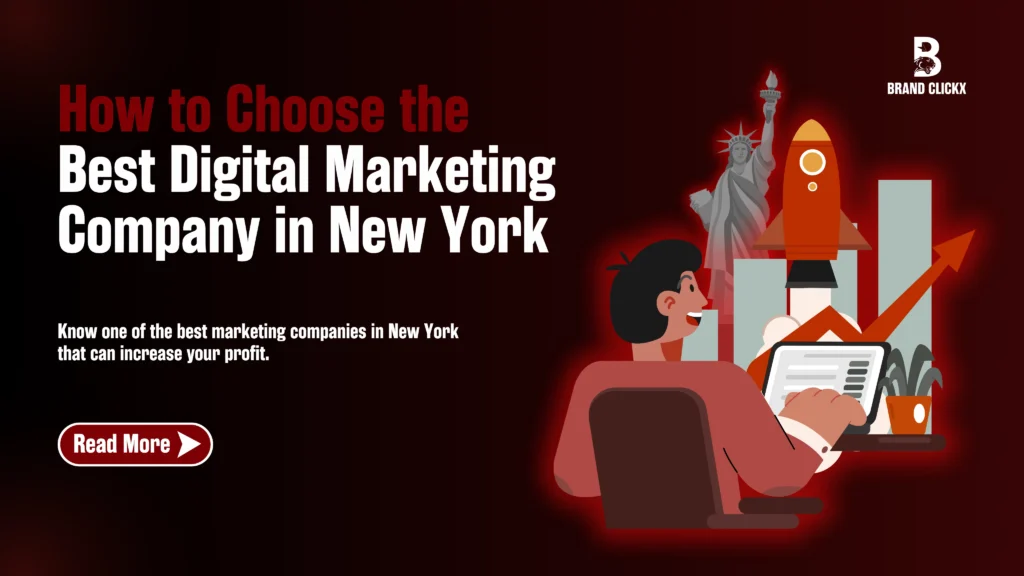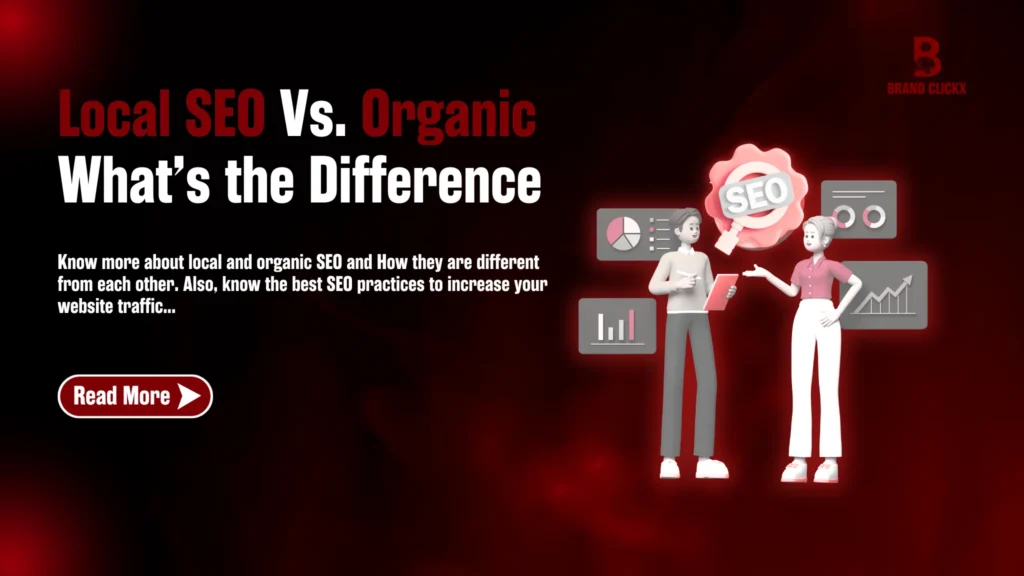Introduction: Why Psychology Matters in Effective Branding
Effective branding isn’t just about a catchy logo or a well-designed website. It’s about the feelings, thoughts, and associations people form the moment they come into contact with your brand. At its core, branding taps into human psychology. If you’ve ever felt emotionally drawn to a brand without knowing exactly why, chances are branding psychology principles were at work.
In today’s competitive market, especially as digital interactions dominate, understanding the psychology behind effective branding is essential. Marketers and brand strategists are increasingly focusing on emotional triggers, visual cues, and cognitive responses to shape how consumers view and interact with brands. This blog dives deep into how psychological elements can be harnessed to make branding more effective, influential, and memorable.
Understanding Branding Through a Psychological Lens
Before diving into strategies, it’s important to understand what branding really means from a psychological perspective.
At its simplest, branding is the process of creating an identity in the minds of consumers. This identity is built not only through logos or taglines but also through every touchpoint, experience, and emotion associated with the brand.
Humans are naturally wired to categorize and remember experiences. Brands become mental shortcuts that help people make faster decisions. When someone sees a familiar logo or hears a recognizable jingle, their brain instantly retrieves stored emotions, memories, and expectations associated with that brand. That’s why psychology is so deeply embedded in effective branding—it governs how people feel, think, and act in relation to your business.
The Core Branding Psychology Principles That Influence Consumer Behavior
Understanding key psychological principles can help brands position themselves more effectively and connect with audiences on a deeper level.
Familiarity and Recognition
People tend to prefer things they are familiar with, even if the familiarity is minimal. This is called the mere exposure effect. When brands maintain consistency in colors, fonts, messaging, and visuals, they become easier to recognize, which builds trust and comfort over time.
Consistency Builds Trust
Repeated exposure to a consistent brand message, tone, and look helps form a stable and predictable identity in consumers’ minds. Brands that constantly change how they present themselves often confuse potential customers, which weakens trust.
Social Proof and Herd Mentality
Humans are social beings who often follow the lead of others. When potential customers see testimonials, user reviews, or influencer endorsements, they feel more comfortable engaging with the brand themselves.
Emotional Connections Matter More Than Logic
People don’t always make rational choices—they often buy based on how something makes them feel. Emotionally-driven decisions are faster and more lasting than those based purely on logic. Brands that tap into emotional branding psychology often create stronger customer loyalty.
Emotional Branding: Creating Deep, Lasting Impressions
Emotional branding refers to creating a connection between the brand and the customer by triggering an emotional response. Emotions such as happiness, trust, surprise, or even nostalgia can significantly influence decision-making.
The Role of Storytelling
Storytelling is a powerful tool in effective branding. Stories are memorable, relatable, and emotionally engaging. When a brand tells a story that aligns with a customer’s values or aspirations, it becomes easier for the customer to emotionally invest in the brand.
For instance, a skincare brand that shares real customer journeys, or a shoe company that tells stories of athletes overcoming challenges, often leaves a stronger impression than just showing product features.
Memory Recall and Emotional Resonance
Emotionally charged memories tend to stick longer. Brands that can associate themselves with emotional moments—like a wedding, graduation, or first job—create lasting impressions. Music, visuals, and tone of voice all play roles in enhancing emotional memory recall.

Color Theory in Branding Psychology
Colors evoke emotions and perceptions, which is why color choice is crucial in effective branding.
Psychological Meanings of Colors
Red: Passion, urgency, excitement
Blue: Trust, calm, professionalism
Green: Health, growth, sustainability
Yellow: Optimism, friendliness
Black: Luxury, sophistication, power
White: Simplicity, cleanliness, honesty
Color theory in branding is not just about preference—it’s about alignment with brand personality and target audience expectations.
Cultural Considerations
Colors can mean different things in different cultures. While white symbolizes purity in Western countries, it can represent mourning in some Eastern cultures. Global brands often adapt their color usage based on cultural contexts.
Typography & Shape Psychology in Brand Design
Typography and design shapes may seem like minor details, but they strongly influence perception and emotion.
Font Choices and Their Impact
Fonts can feel traditional, modern, playful, or authoritative. Serif fonts often convey reliability and professionalism, while sans-serif fonts feel clean and modern. Handwritten fonts may feel personal and approachable.
Typography should align with brand values. For example, a high-end legal firm wouldn’t benefit from playful, round fonts, while a children’s clothing brand might.
Shape Psychology
Shapes communicate without words. Circular logos often suggest community, friendship, and softness, while angular shapes signal strength and stability. Soft edges can feel more approachable, while sharp lines can feel more assertive or dynamic.
Brand Perception & Cognitive Biases
Consumers don’t interact with brands in a vacuum. Their perceptions are influenced by subconscious biases.
Anchoring Bias
First impressions matter. When a consumer sees a price, offer, or product feature first, it sets a mental anchor. That anchor influences how they view all future information about the brand.
Framing Effect
The way information is presented affects decision-making. Highlighting benefits (“save 30%”) instead of losses (“don’t lose 30%”) often drives better results.
The Halo Effect
If a consumer has a positive impression of one aspect of a brand (e.g., beautiful packaging), they’re more likely to view other aspects (like product quality) favorably—even if unrelated.
The Psychology of Brand Loyalty and Trust
Long-term brand loyalty is built when customers feel emotionally connected and consistently satisfied.
The Role of Repetition
Familiarity comes from repetition. The more often people see a brand—through ads, packaging, social media—the more likely they are to trust it. This explains why consistent digital visibility is critical.
Creating Habits
Strong brands become habits. Think about how many people reach for a specific coffee brand every morning without even considering alternatives. These choices often come from a combination of emotional familiarity and perceived reliability.
The Reward Loop
When brands deliver on their promises, they build a reward system in customers’ minds. Every positive experience reinforces trust, making repeat interactions more likely.
How to Apply Psychology to Effective Branding Strategy
Now that we’ve explored the principles, let’s look at how to apply them.
Define a Psychological Brand Persona
Your brand’s personality should align with the audience’s values and emotions. Is your brand playful and casual? Or serious and expert? Define this persona early and apply it consistently.
Use Sensory Branding
Don’t just appeal to visuals. Consider how your brand sounds (voice and tone), feels (texture of packaging), and even smells (in-store experience). Sensory experiences can deeply influence perception.
Design for Emotion
Every visual and written element should aim to elicit an emotional response. Use storytelling, color, tone, and typography to build this emotional narrative.
Reinforce with Social Proof
Customer testimonials, ratings, influencer collaborations, and user-generated content add credibility and enhance psychological trust.
The Future of Branding Psychology in 2025 and Beyond
As we move forward, effective branding will become even more emotionally intelligent and personalized.
AI and Emotional Targeting
Brands are starting to use AI to tailor emotional messaging based on user behavior. Messaging can be adapted in real time to match a customer’s mood, preferences, or buying stage.
Predictive Brand Experiences
Machine learning enables brands to predict what customers will want or feel before they act. This allows proactive emotional engagement.
Human-Centered Branding
In a digital-first world, brands that stay “human” in their tone and values will outperform. Compassion, authenticity, and emotional intelligence are now key differentiators.
Conclusion: Why Psychology-Driven Branding Wins
The most successful brands today are those that understand and apply effective branding psychology principles. They know that customer decisions are driven more by emotion and perception than logic alone.
Whether you’re rethinking your brand identity or launching something new, remember that every design choice, color palette, and message carries psychological weight. When done intentionally, branding can foster trust, loyalty, and emotional resonance.
At BrandClickX, we specialize in helping brands apply these psychological principles to their identity, storytelling, and digital experience. Our strategies are designed to turn emotional engagement into real-world performance—because branding should make people feel, not just notice.
FAQs
What are branding psychology principles?
Branding psychology principles are strategies based on human psychology that influence how consumers perceive and interact with a brand. These include color theory, emotional triggers, consistency, and social proof.
How does color impact consumer behavior in branding?
Colors evoke emotional responses and shape brand perceptions. For example, blue is associated with trust, while red signals urgency. Choosing the right color can influence a customer’s decision.
Why is emotional branding important?
Emotional branding builds deeper connections with consumers, which leads to higher loyalty, stronger recall, and better long-term engagement.
How does typography influence brand perception?
Typography affects how trustworthy, approachable, or premium a brand feels. Serif fonts often convey tradition, while sans-serif fonts feel modern and clean.
How can I apply psychological principles to improve my brand?
Start by defining your brand’s emotional tone, use consistent visuals, align with your audience’s values, and integrate social proof to build trust and recognition.



